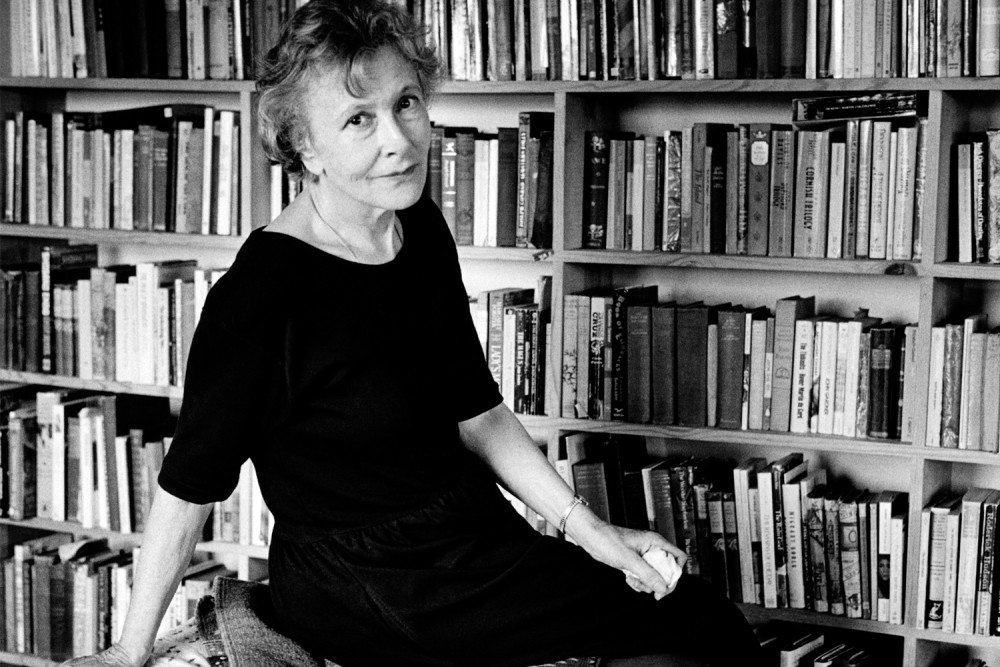A poet converted by her own writing
Denise Levertov’s intuitive grasp of incarnation drove her politics, her poetry, and eventually her religious discernment.

Poet Denise Levertov (Photo by Chris Felver / Getty)
One day in 1979, Denise Levertov sat down to begin a poetic sequence she thought of then as an “agnostic mass.” She said later, in a 1990 CrossCurrents article, that her initial intent was only to experiment with structure, always a challenge for poets who write primarily in free verse. The mass, after all, is highly structured, regularly incorporating specific elements in a specific order, even if variations in particular words or prayers permit some flexibility. By the time Levertov reached the Agnus Dei, however, a deeper change was in effect. “The experience of writing the poem,” she said, “had been also a conversion process.” She’d set down the first words of this poem, Mass for the Day of St. Thomas Didymus, as an agnostic, but by the time she placed the final period, she found herself if not fully a believer, then at least someone longing and praying for belief.
Nearly a century earlier, Levertov’s father, Paul Philip Levertoff, had been walking home from school in his Eastern European Jewish neighborhood when he spied a piece of paper with a bit of Hebrew prose. It was a story about a young boy, probably not much older than himself, who’d been explaining scripture to learned rabbis in the temple. Although the story excited Paul (a name he chose later), the paper upset his Hasidic parents. A few years later, after reading the Gospel of John, he converted to Christianity, eventually becoming an Anglican priest. He frequently referred to himself as a Jewish Christian.
Writing and reading, experimentation and curiosity, a Lamb of God and a young boy—Denise Levertov took an unusual path to the Roman Catholicism she eventually embraced. Her vocation as a poet was so crucial to her religious commitments that the two are nearly inseparable.




